
Can you solar cook in the Arctic?
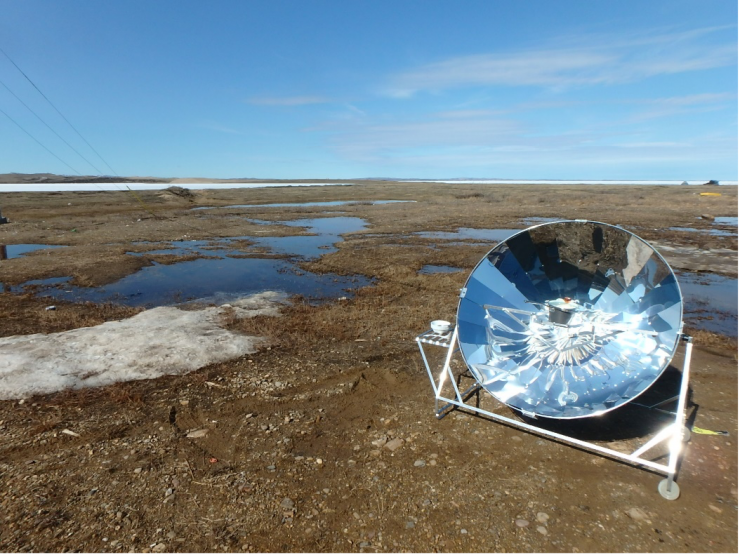
Written by a colleague of Klaus Dohring and submitted by Klaus Dohring as a benefit for being an SCI Associate
Although the majority of solar cooking occurs closer to the equator where the sun is strongest, it doesn’t limit the usefulness of solar cookers to those areas exclusively. Looking at the SCI distribution map, one can see cookers as far south as Wellington, New Zealand to as far north as Tuktoyaktuk, Canada. This may come as a surprise, but did you know that solar cooking can also be effective in the Arctic? Klaus Dohring has traveled to some of the northernmost communities in Canada and used that opportunity to demonstrate the effectiveness of solar cookers, then donating them to those communities.
Dohring has taken it upon himself to combat climate change in a variety of ways by:
- founding solar company Green Sun Rising over a decade ago to increase the amount of solar thermal and PV systems in Canada,
- demonstrating and donating solar cookers for emission-free cooking,
- using bicycles for his daily commute and operating electric vehicles for zero-emission transport,
- donating and planting hundreds of trees to local Conservation associations, and
- educating students and the public about the benefits of renewable energy and the dangers of climate change.
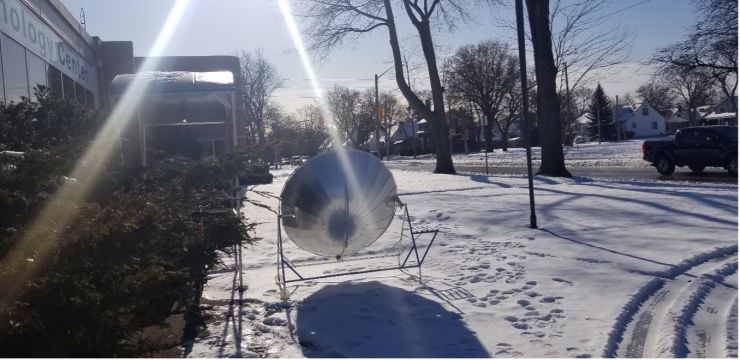
Most recently, Dohring’s company has become a leading force in diesel-reduction in Canada’s remote communities, some of which are situated above the Arctic treeline and rely on expensive, dirty diesel for energy. To reduce this reliance on diesel, Dohring’s company installs commercial solar PV systems on community-owned buildings to meet energy demands while reducing the communities’ energy costs and carbon emissions. During these installations, his team uses the opportunity to educate community members on renewable energy and what they can do to reduce their carbon footprint. When possible, they ship bicycles and solar cookers as donations to promote carbon reduction and clean transportation.
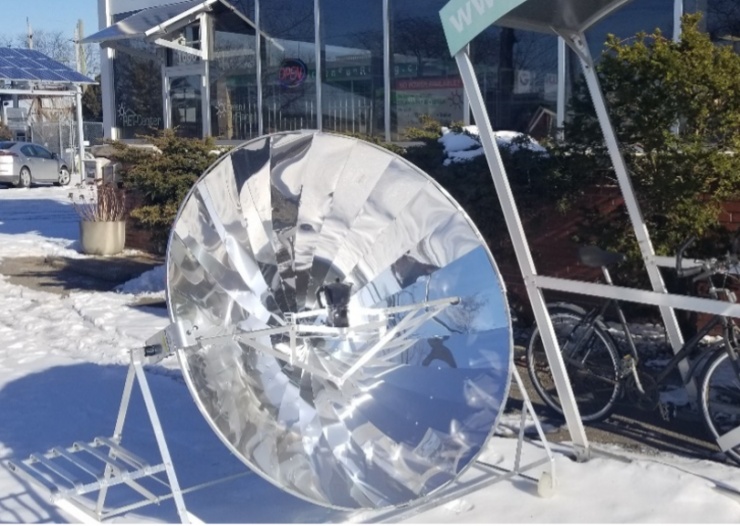
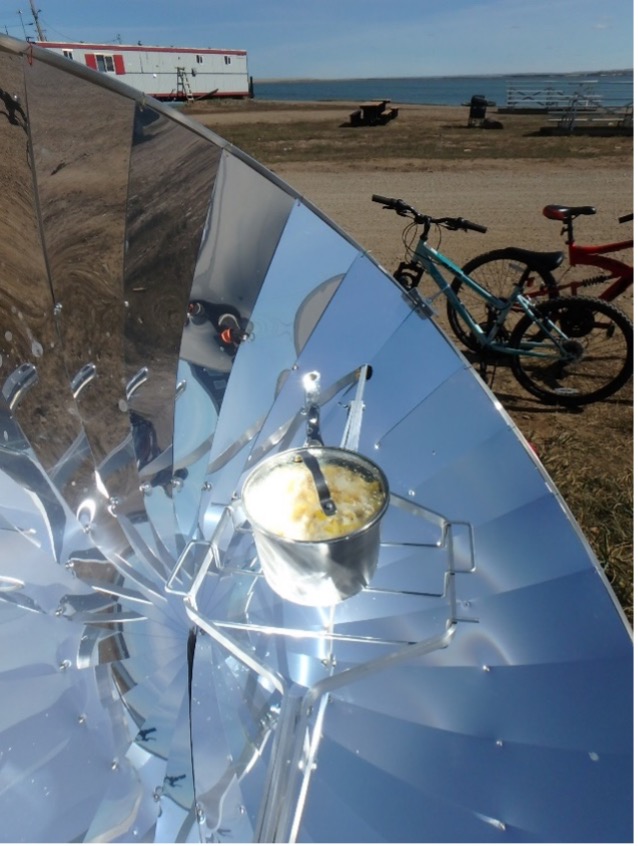
So far, the communities of Uqsuqtuuq (formerly Gjoa Haven), Paulatuk, Tuktoyaktuk, and Deline have received solar cookers, with others coming soon.
Using an irradiance meter in his city of residence (Windsor, Ontario in the Espresso video) Klaus measured 1044W/m2 in January 2020, which is ideal for solar cooking. Further up north, he was able to measure 1125W/m2 in Paulatuk, Northwest Territories in June 2019, showing the potential for solar cooking even in the arctic.
To see a video demonstration of a solar cooker making espresso coffee in January 2020, in Canada, click here.
Visit https://solarcooking.fandom.com/wiki/Green_Sun_Rising for more information.
SCI note: Join Klaus in the SCI Association here. Add your solar cookers to the SCI Solar Cooker Distribution Map to contribute to the collective knowledge of solar cooking, like Mr. Dohring does.
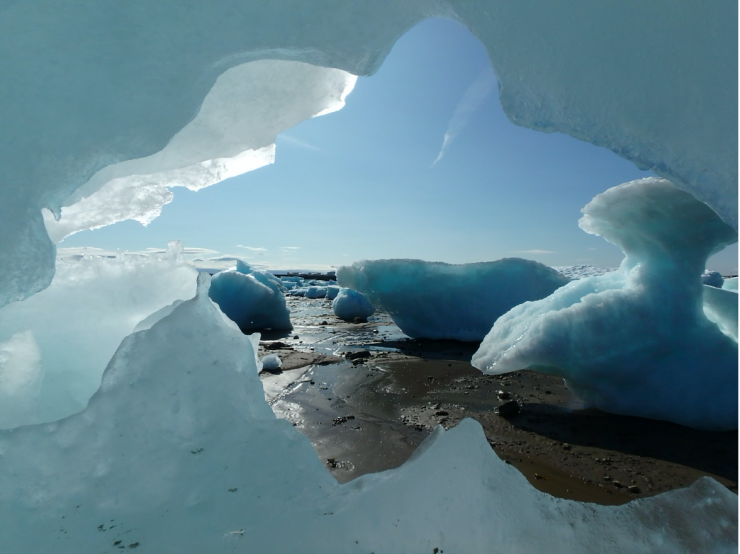
Photo credits: Klaus Dohring